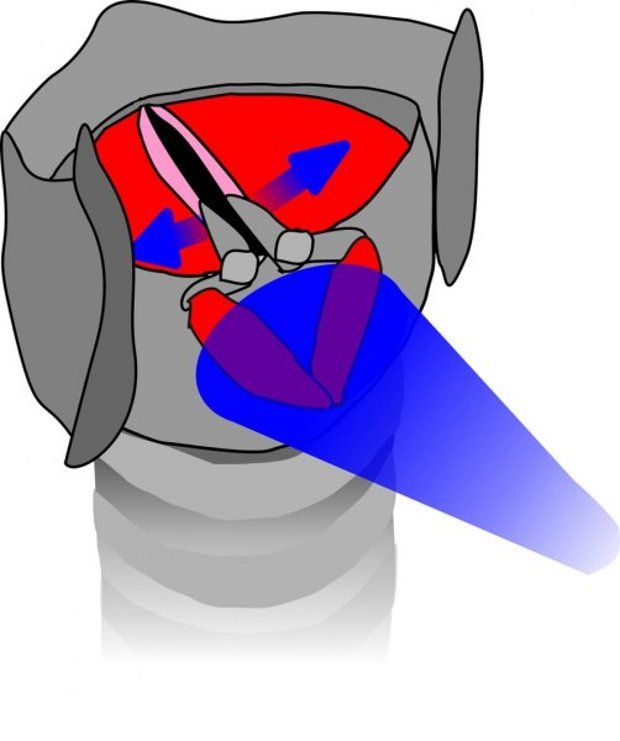In a paper published earlier this week in the journal Nature Communications, scientists at the University of Bonn in Germany detail how, in a series of experiments, they used light beams to force muscles into contracting on demand.
True, the experiments were carried out on mice and not on human subjects. Specifically, on dissected organs taken from mice. This was because the researchers couldn't exactly stick a light source in living animals.
Even so, the team argues that their work could pave the way for the development of a new method to address paralysis in people. Further investigations are needed, of course, but the specialists think they are on the right track.
How the experiments played out
As explained in the Nature Communications report describing this research project, the University of Bonn team started by extracting specific molecules known as channelrhodopsins from green algae.
These molecules, described as ion channels by the scientists, were then injected into the larynx muscles of laboratory mice and became part and parcel of the individual cells forming these muscles.
When the rodents' channelrhodopsins-ladedned larynx muscle cells had light beams fired at them, the green algae molecules responded by opening and releasing charged ions. In turn, these made the muscles contract.
“For the first time, we have been able to show that light pulses can also create static contractions,” study first author Dr. Tobias Bruegmann commented on these experiments in a statement.
“Depending on where we point the light beam, we can also stimulate individual muscle groups - exactly the same way the body does it through the nerves,” the specialist added.
Interestingly, these experiments were not the first of their kind. On the contrary, the University of Bonn-based research group says that, back in 2010, they employed the same method to stimulate mouse hearts.
Using light to address paralysis
Laryngeal paralysis is a condition in which the nerves and the muscles controlling the cartilages of the larynx stop working. Since the larynx is involved in breathing, swallowing and speaking, this leaves people vulnerable to several medical complications.
So far, medical experts have attempted to restore larynx function using electrical impulses. However, the results they got weren't exactly what some would call encouraging. Together with his colleagues, Dr. Tobias Bruegmann believes that light stimulation could be prove a better alternative.

 14 DAY TRIAL //
14 DAY TRIAL // 

